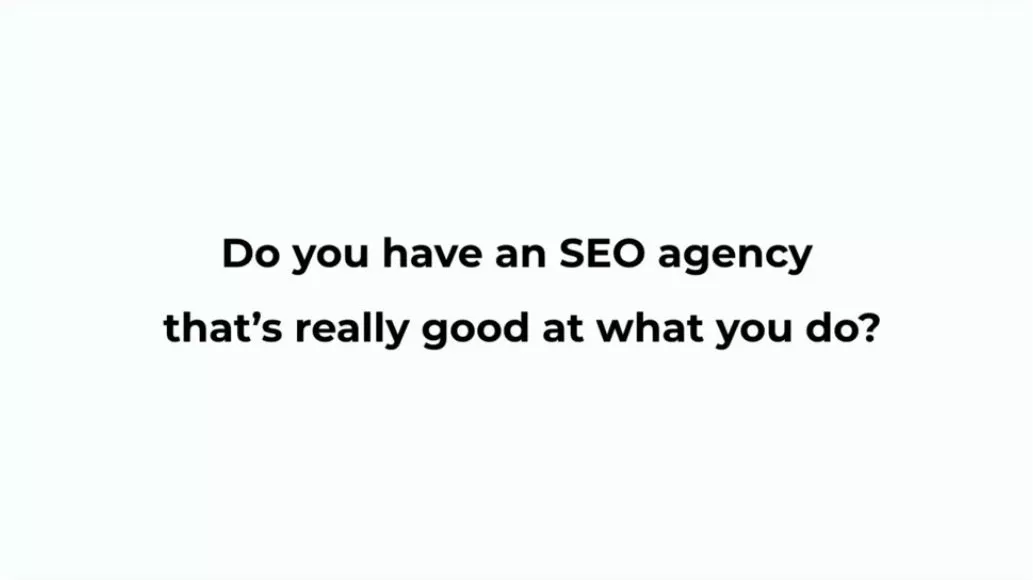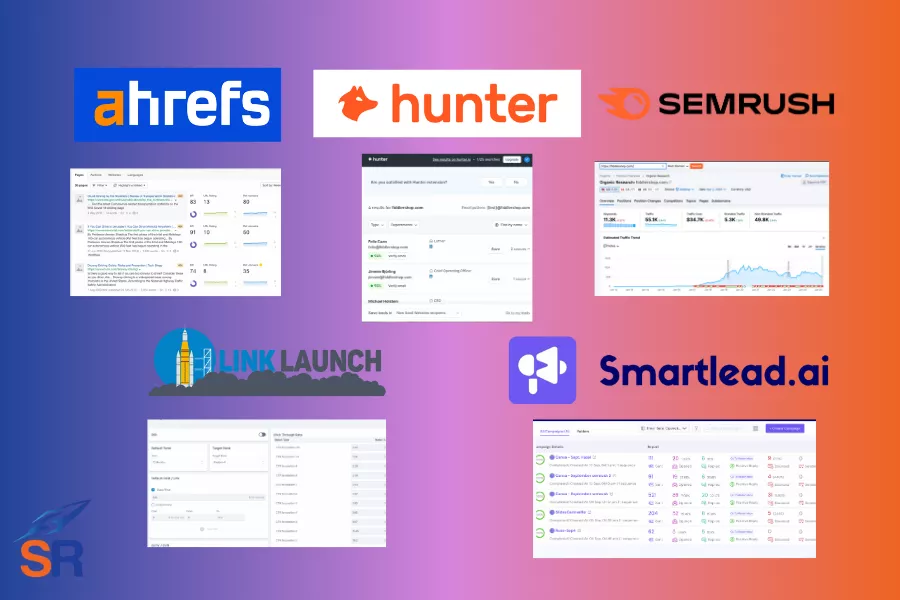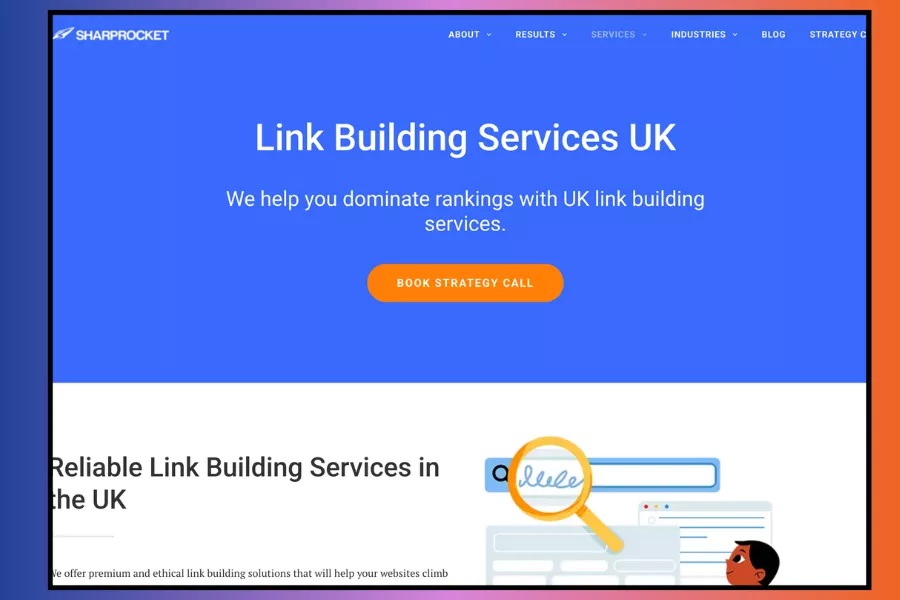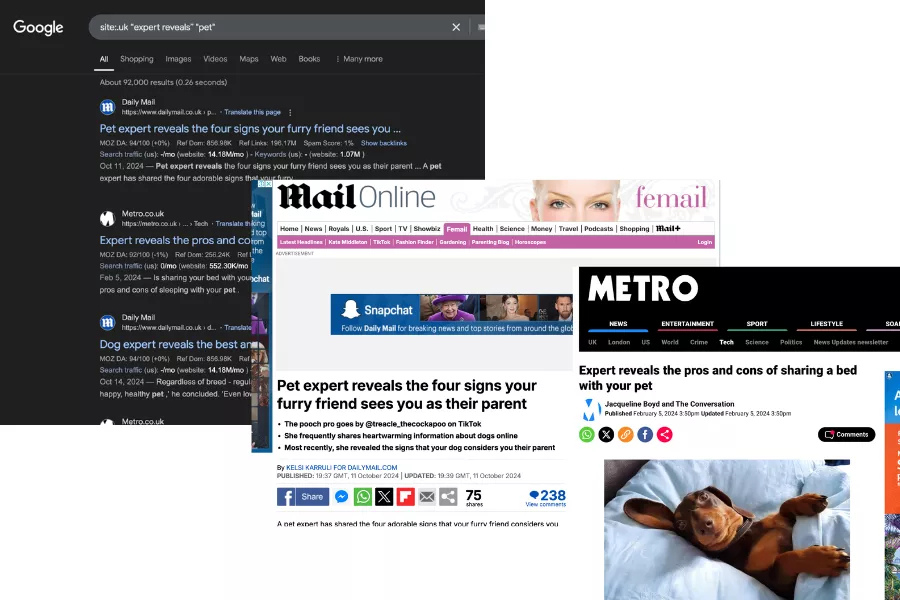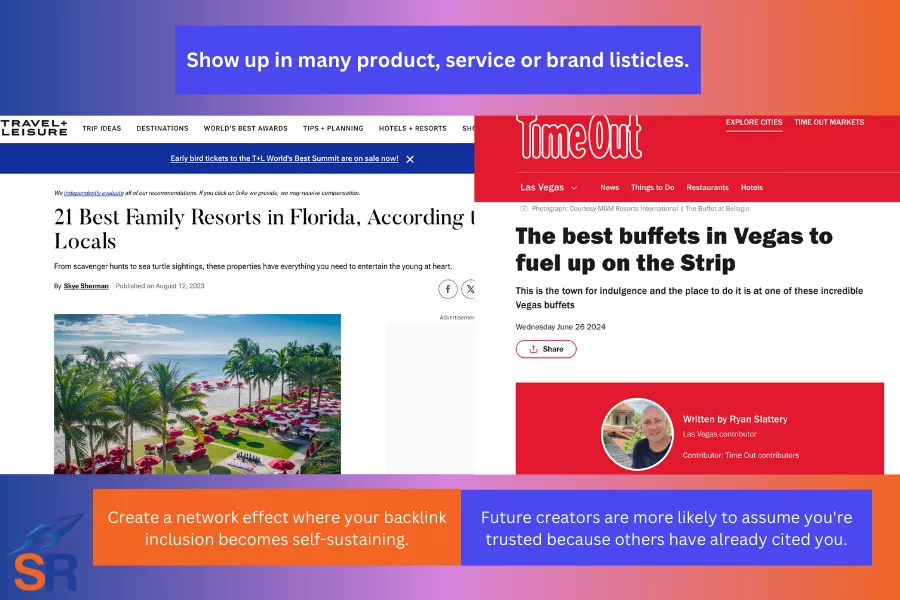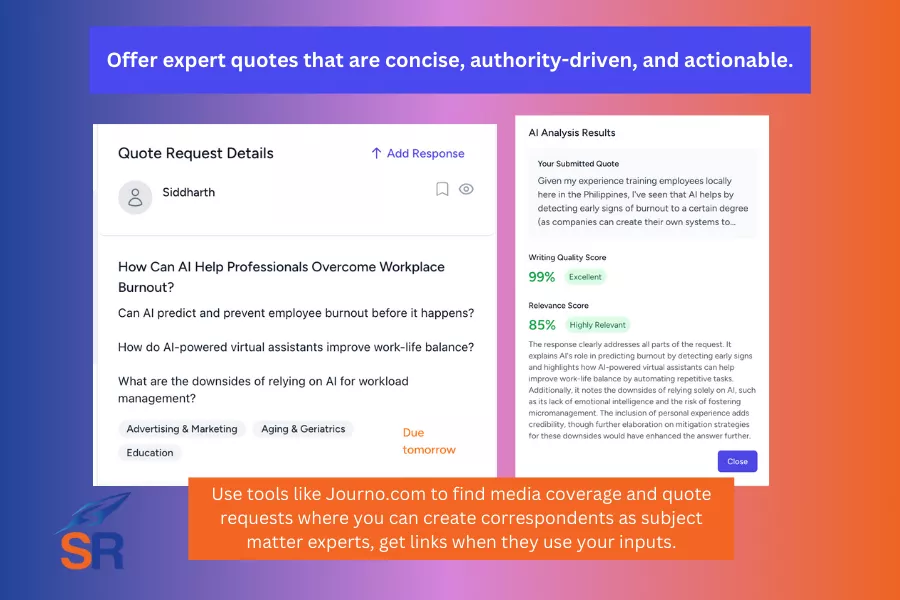When marketers say ‘easy link building’, what do they genuinely want to look for (and say) are:
- Replicable processes and strategies for their junior SEOs/link builders
- Strategies that can reliably be executed in simple steps (with or without process documentation)
- Low efforts and time spent compared to other link building strategies
- Scalable enough for multiple similar types or industries of clients (for SEO agencies)
In this guide, I’ll show you five easy link building strategies that are scalable, sustainable, and replicable for your web properties (or clients’ sites).
Contents
Toggle1. Passive Link Building With Linkable Content Assets
Linkable content assets are content pieces that encourage other publishers to link to them, given that it is worthy of being used as an additional reference or citation.
It goes beyond the traditional blog posts in a way that addresses the intended topic most effectively (user satisfaction, reading experience, etc.).
Linkable content assets (also known as “link bait” content) include whitepapers, infographics, how-to articles, data visuals, statistics, calculators, and other content formats that stand out from the rest of its competing content.
Several ways help linkable content assets attract passive links. These include:
Ranking for informational keywords.
Content publishers at their writing stage typically search on Google to find pages that could be additional resources/references. If it covers the topic in-depth, these content publishers are likelier to link to it instead of adding another section to their content to write about the subject.
Robust Community and Following
Establishing yourself as a thought leader in your space helps get passive links from niche site owners/bloggers who follow you in every content piece you publish.
By being at their top-of-mind, they lean on your every new work if they want to refer their networks/readers to a topic you’re an expert in. This builds more trust and credibility in the eyes of their followers, which helps you absorb more followers to your site (and eventually more passive links from their followers’ new content).
2. Content Partnerships
One central area that makes link acquisition more effective (and, in most cases, easier) is having relationships to start the link building process.
Relationships alone can initiate the exchange of links. Both parties can rely on trust in relationships and the value of content these two publishers can bring to each other’s target audience.
Content partnerships are an easy link-building technique if you’ve got a couple of friends and networks you can contact.
However, those starting their link building can utilize manual outreach to build new relationships with content publishers who might be interested in co-creating and co-promoting content.
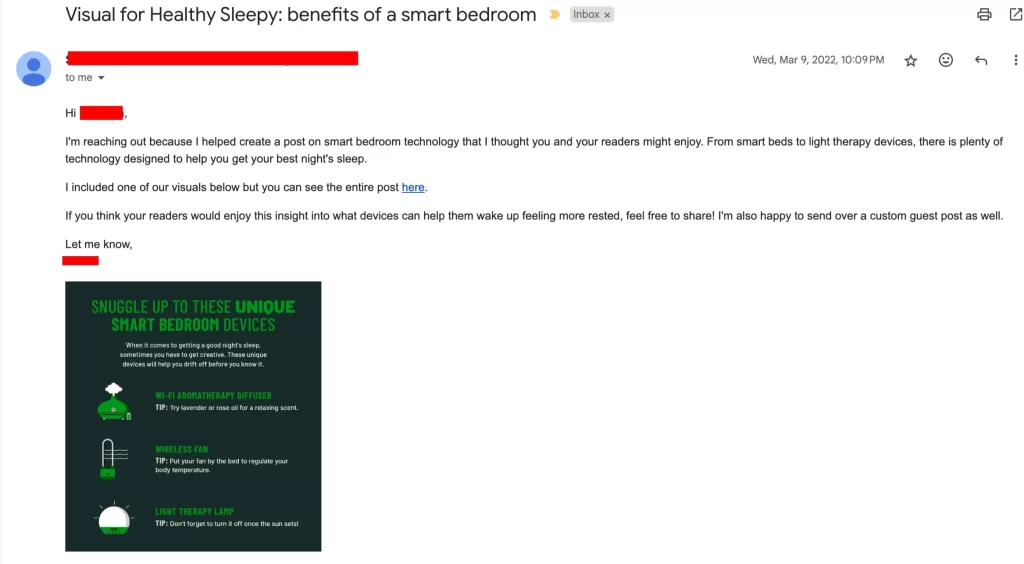
Start by identifying content publishers in the industry with similar or higher authority and trust of domains.
You would likely receive a positive response from someone with almost similar authority as both of you can take advantage of each other’s link equity to further push both sites’ organic rankings (assuming your sites are not competing).
This is opposed to reaching out to high DR sites (DR70+) when you’re just starting to build your site’s authority (say <DR30). Most more assertive site owners are looking for better and higher levels of content partnerships.
3. Link Solicitation
Ask for links from suppliers, vendors, client partners, organizations you’re part of, and other pertinent partners.
Link solicitation is a common practice in eCommerce, as most manufacturers have numerous suppliers and retailers they can tap and request links. Conversely, retailers and vendors can get branded links from where-to-buy pages of manufacturers’ sites.

This activity is more valuable when both sites can offer links to landing pages, as these are primarily difficult to acquire links to, given their commercial intent, and not usually acceptable target pages by content publishers.
Remember to use this link solicitation with other link building strategies to get diverse link types, which naturalizes your link profile – having links for both informational and commercial pages.
4. Link Reclamation
Set up alerts for content sites that mention any of your assets or entities, including company members, profiles, brand names, products, or service offerings, where you didn’t have the link embedded in the mentions.
The major part of link reclamation is collecting a list of all these unlinked mentions and reaching out to them to reclaim links.
This approach has a high likelihood of link placement rates, given that the webmasters/publishers you’re contacting are already familiar with your content as they reference your entities on their pages.
Numerous blog posts have talked about this link building strategy. Here are some helpful guides:
5. Foundational Links
Building backlinks from trusted domains by Google (“seed sites”) is one of the most effective strategies to get initial trust and credibility for new sites.
Given that new sites take time before Google trusts these domains,
Start by completing and building links from social profiles, citations, and local and niche-specific directory links.
A legitimate business will create social profiles, including Facebook, Twitter, Instagram, and Linkedin. So, have your team fill out all the information on these social profiles and use them to promote your newest posts to increase brand reach and awareness.
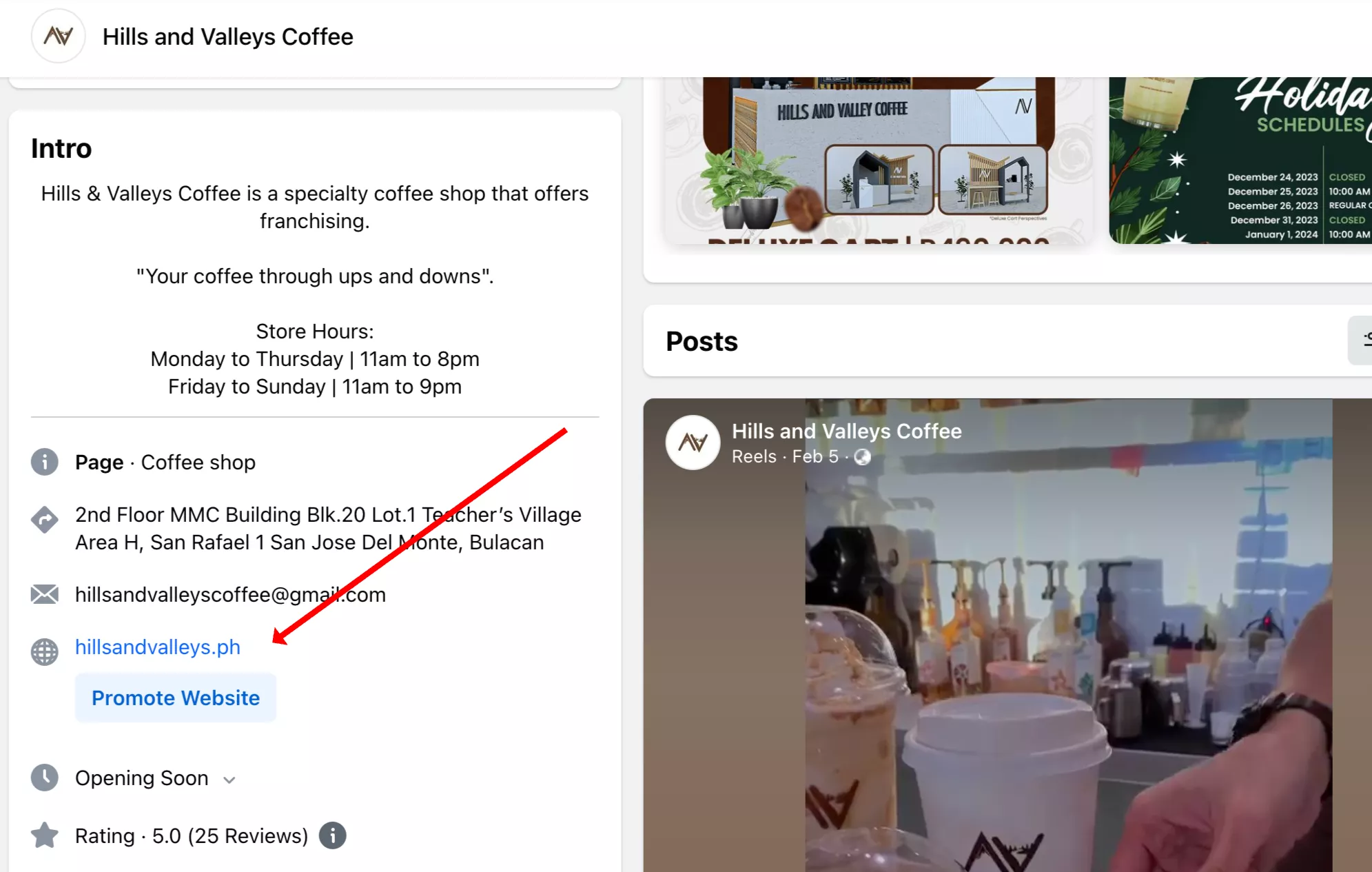
If you’re doing local SEO, citations help you promote NAP consistency, which is considered a robust ranking factor to assist your site in appearing on local map packs.
6. Resource Page Link Building
While more challenging than it used to be, resource page link building is still viable for content sites that consistently publish evergreen content assets. These types of content are necessary to acquire in-content links from resource pages.
Look for relevant industry sites with resource pages related to the topics of your content.
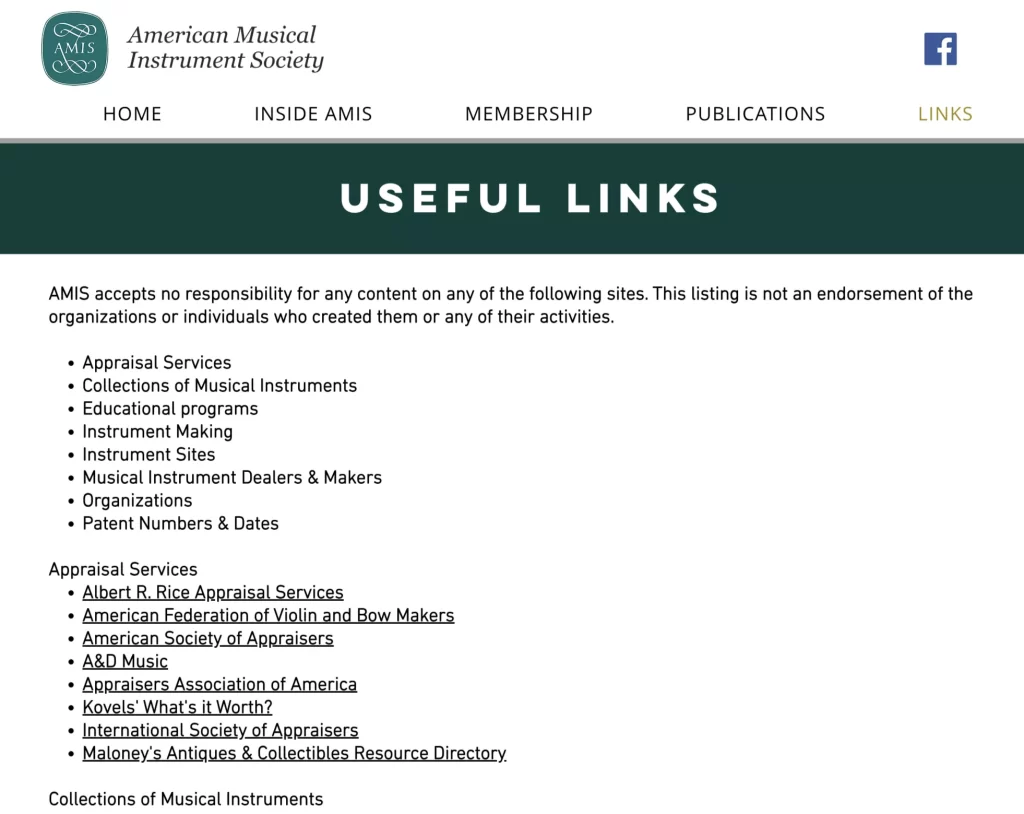
You may even find ones that contain broken or expired links, which you can ask to replace by links to the content you published on your site (“broken link building”).
Make your evergreen content assets more comprehensive (not necessarily longer) but valuable than the old page they linked to.
The easy part of this link building strategy is the angle that you don’t need to push hard your outreach emails, as your content itself and their broken link issue will speak of its value.
Compared to the link building era of 2012, where this technique has been widely used and guaranteed to be effective, you would find these opportunities minimal (~100 link prospects in a tight niche topic).
You can increase link and response rates with the right approach, emails, and content assets.
You can check out these resources to get started with resource page link building:
Link Building Takes Time
Link acquisition is resource-intensive and requires buy-in from stakeholders, proper strategy, and execution from the SEO or outsourced link building team.
The easy part is its doability and aftermath impact to organic traffic success once links are built.
Written By
Venchito Tampon
CEO and Co-Founder at SharpRocket, a link building agency. With a decade of experience, Venchito has a proven track record of leading hundreds of successful SEO (link builidng) campaigns across competitive industries like finance, B2B, legal, and SaaS. His expert advice as a link building expert has been featured in renowned publications such as Semrush, Ahrefs, Huffington Post and Forbes. He is also an international SEO spoken and has delivered talks in SEO Zraz, Asia Pacific Affiliate Summit in Singapore, and Search Marketing Summit in Sydney, Australia. Check out his other business - Hills & Valleys Cafe.
Reviewed By
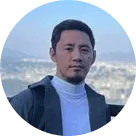
Sef Gojo Cruz
COO at SharpRocket, overseeing end-to-end operations, from crafting link building strategies to leading high-performing teams. Previously led SEO initiatives at Workhouse, a digital agency in Australia, and Keymedia, a real estate media company based in New Zealand.
How our LINK BUILDING AGENCY in UK builds 250 links/mo consistently using Predictable Link Building Methodology™…
- Using a SIMPLE and PROVEN system
- Using a SCALABLE strategy
- No private blog networks
- No creepy outreach emails

